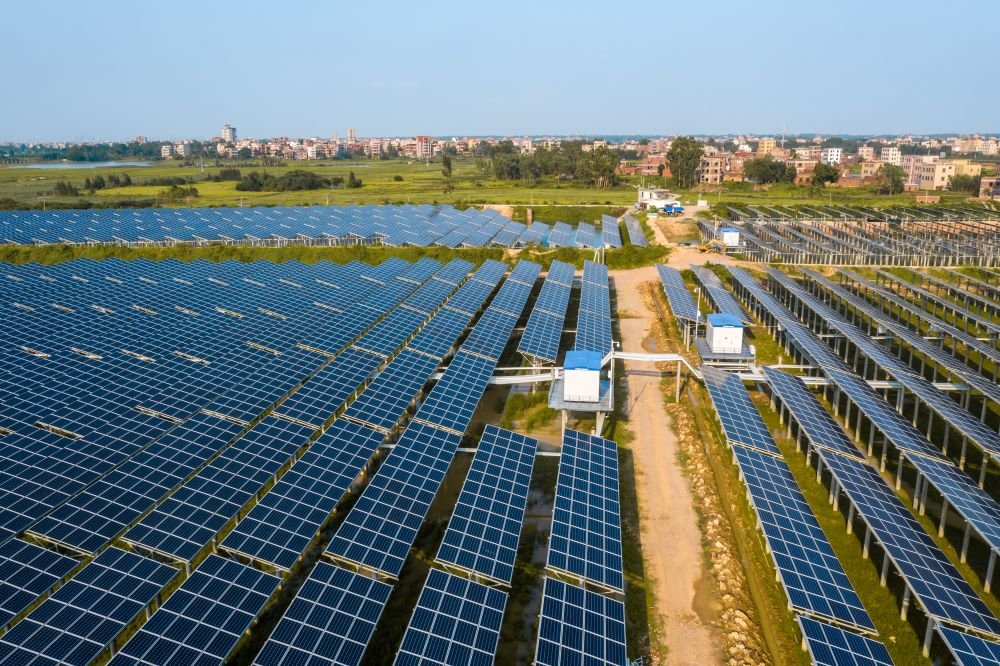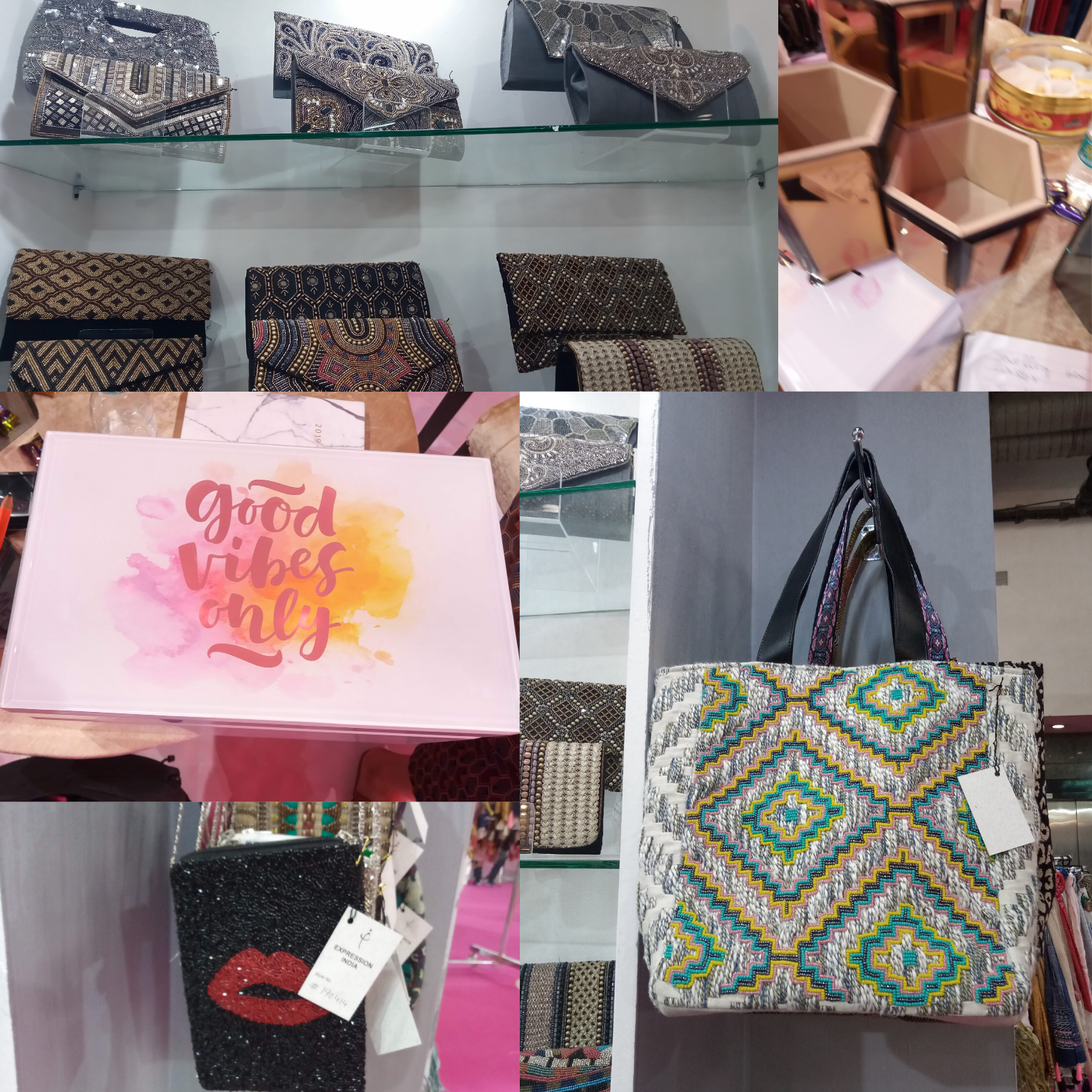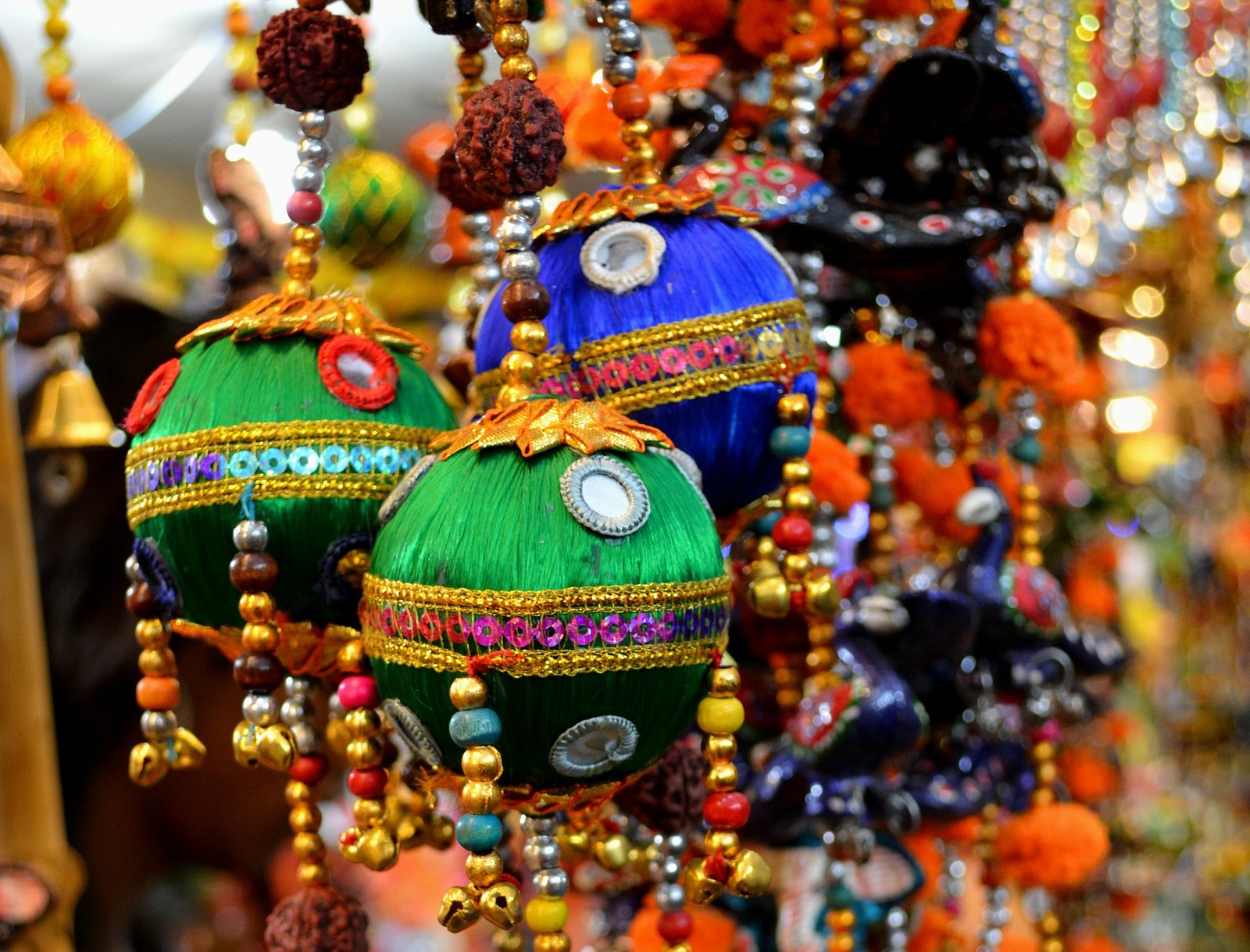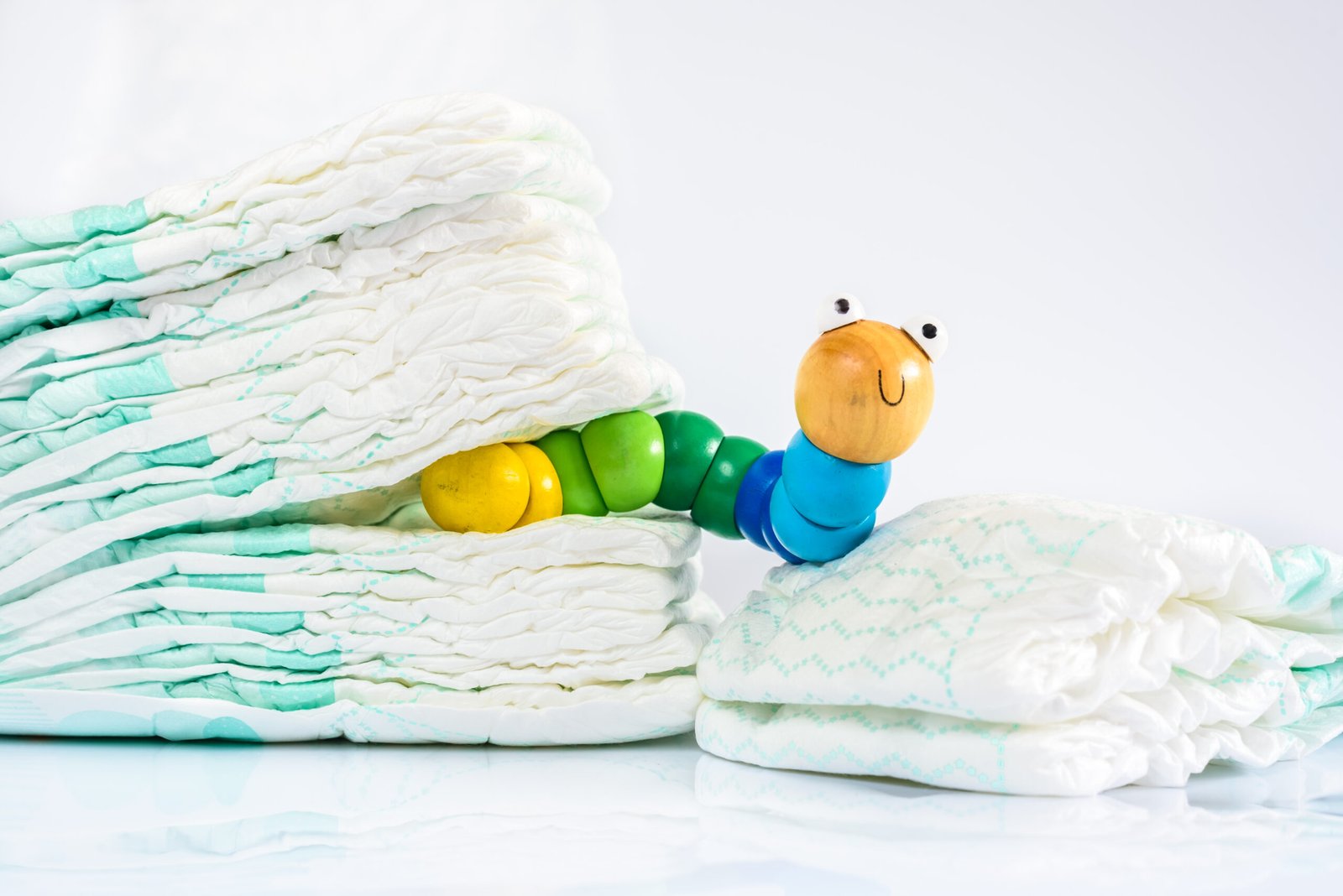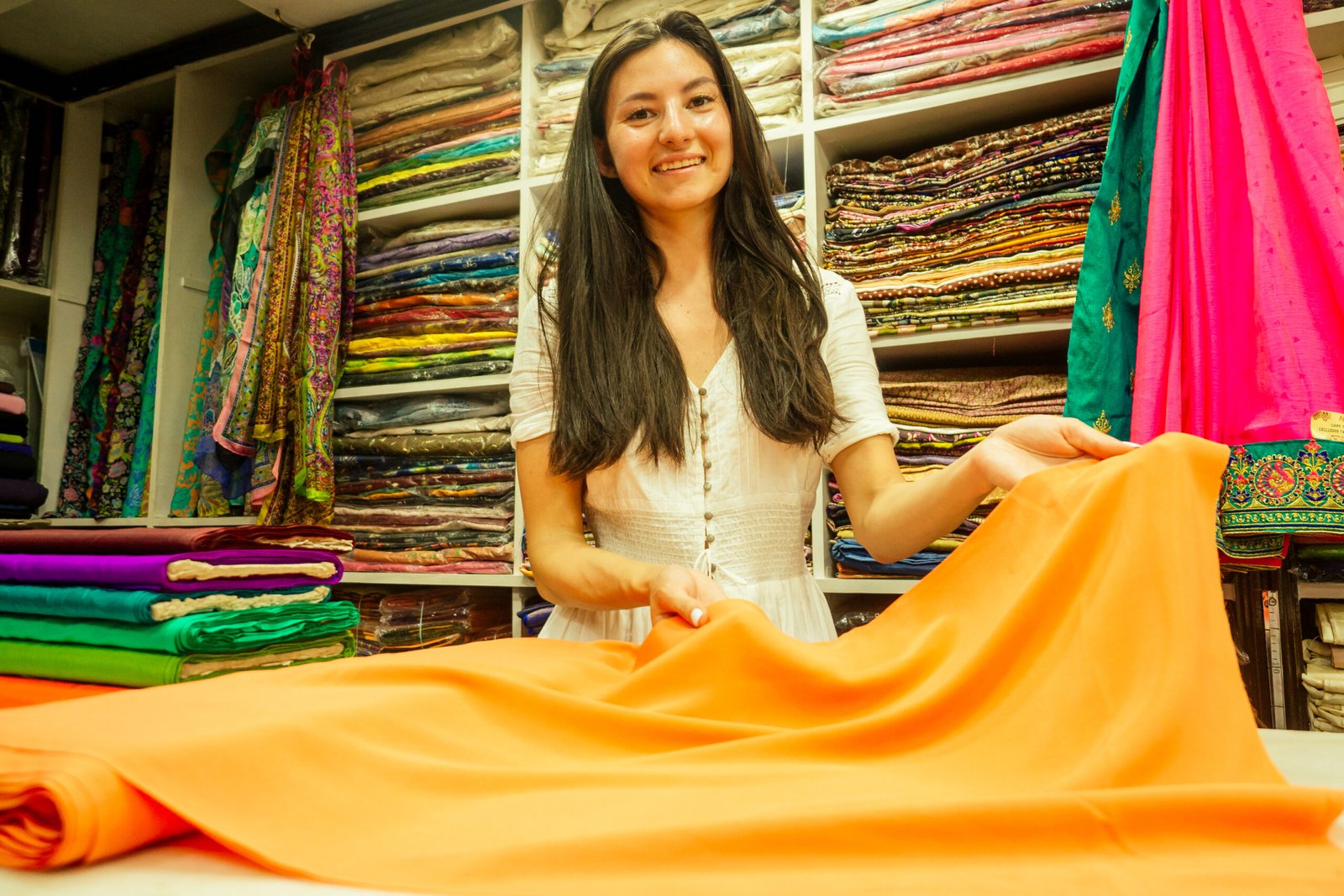Fabric Sourcing from India
India’s textile industry is a colorful mosaic of culture, innovation, and tradition, standing as a testament to the country’s rich heritage and its pivotal role in the global fashion and textile market. This industry, deeply rooted in history yet constantly evolving, offers an unparalleled array of fabrics that are not only high in quality but also competitively priced, making India a sought-after destination for fabric sourcing by global entrepreneurs and fashion enthusiasts alike.
The diversity of India’s textile offerings is vast, ranging from the finest silks, intricate handlooms, and luxurious cottons to innovative synthetic blends and eco-friendly materials. Each piece of fabric tells a story of ancient traditions, artisanal craftsmanship, and the indomitable spirit of innovation that drives the country’s textile industry forward. It’s this unique blend of the old and the new that positions India as a global hub for fabric manufacturing, catering to a wide spectrum of needs and preferences in the fashion world.
For the global entrepreneur venturing into the Indian textile market, understanding the intricacies of fabric sourcing is key to unlocking the treasures within. It’s about more than just finding a supplier; it’s about forging partnerships, understanding the cultural significance of textiles, and embracing sustainable and ethical sourcing practices that benefit not only your business but also the communities behind the fabrics.
In this guide, we’ll navigate the vibrant landscape of India’s textile industry, offering insights into how to source fabrics effectively, where to find the best materials, and how to ensure that your sourcing practices align with the values of sustainability and ethics. Whether you’re a seasoned fashion industry veteran or a budding entrepreneur with a passion for textiles, this journey into the heart of India’s fabric sourcing scene promises to be both enlightening and inspiring.
Finding Reliable Suppliers
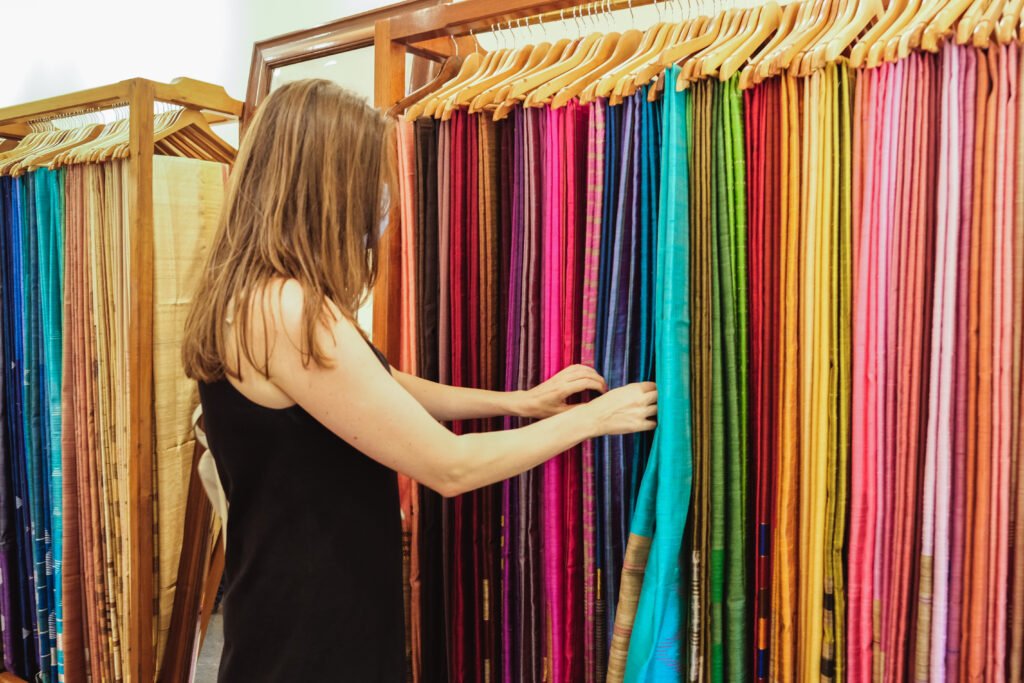
In the heart of India’s bustling textile industry, finding a supplier that aligns with your business values and quality standards is paramount. The journey to sourcing fabrics from India is enriched by a blend of traditional and modern approaches, offering multiple pathways to connect with reliable suppliers.
- B2B Platforms: Digital marketplaces have revolutionized the way businesses connect with textile suppliers. Platforms such as IndiaMART and TradeIndia serve as comprehensive directories, offering detailed information on suppliers across the country. These platforms allow for direct communication, making it easier to inquire about fabric types, order minimums, and pricing, all from the comfort of your office. The convenience and breadth of options available make online B2B platforms an essential tool for modern fabric sourcing.
- Trade Shows: Attending trade shows is a timeless method of finding suppliers, offering an invaluable opportunity to see the fabrics in person, evaluate their quality, and meet suppliers face-to-face. Events like the India International Textile Machinery Exhibitions (ITME) and Heimtextil India are not just trade shows; they are gateways to understanding the latest trends and innovations in the textile industry. Participating in these events can lead to lasting partnerships and is a testament to the importance of personal connections in the business world.
- Direct Factory Visits: For those who seek a deeper understanding of their supply chain, nothing compares to direct factory visits. These visits allow buyers to witness the manufacturing process, assess the working conditions, and directly negotiate terms. It’s a traditional approach that offers transparency and builds trust between buyers and suppliers.
Evaluating Supplier Credibility
Once potential suppliers are identified, the next crucial step is evaluating their credibility and reliability. This evaluation ensures that your sourcing practices are ethical, sustainable, and aligned with your brand’s standards.
Certifications and References: Certifications such as ISO, OEKO-TEX, and Fair Trade are indicators of a supplier’s commitment to quality, environmental sustainability, and ethical labor practices. Requesting and verifying these certifications, along with references from previous clients, provides assurance of the supplier’s credibility and operational standards
Supplier Audits: Conducting audits is a comprehensive approach to assess a supplier’s facilities, working conditions, and business practices. These audits can be performed by third-party agencies or your own compliance teams, focusing on areas such as labor practices, environmental impact, and quality control processes. Regular audits ensure ongoing compliance and foster a culture of continuous improvement.
Sample Evaluation: Before finalizing any orders, requesting samples is a critical step in evaluating a supplier’s capability to meet your quality standards. This process allows for a hands-on assessment of the material’s feel, durability, and color, ensuring that the final product will meet your specifications and satisfy your customers.
In the realm of fabric sourcing from India, the key to success lies in a meticulous selection process, combining traditional methods with modern technologies to find suppliers that are not only reliable but also share your commitment to quality, sustainability, and ethical practices. By embracing these strategies, businesses can forge valuable partnerships that stand the test of time, contributing to a more responsible and vibrant global textile industry.
Regional Textile Hubs
India’s textile landscape is as diverse as its culture, with each region specializing in fabrics that reflect its unique heritage and craftsmanship. Understanding these regional hubs is essential for fabric sourcing from India. Here’s a closer look at some of the key textile regions in India:
- Gujarat for Cotton: Known for its high-quality cotton, Gujarat is a powerhouse in producing a wide range of cotton fabrics, including the famous Kutch embroidery and Bandhani tie-dye textiles. The state’s long-standing tradition of cotton cultivation and textile production makes it a prime destination for sourcing durable and vibrant cotton fabrics.
- West Bengal for Silk: The lush landscapes of West Bengal are home to exquisite silk varieties, including the luxurious Baluchari and fine Tussar silk. Artisans in West Bengal have mastered the art of silk weaving, producing fabrics that are renowned for their intricate designs and soft texture.
- Tamil Nadu for Woven Fabrics: Tamil Nadu’s textile mills are famous for their production of woven fabrics, including cotton, silk, and synthetic materials. The state’s expertise in producing high-quality woven textiles, such as the vibrant Kanchipuram silk sarees, makes it a go-to region for sourcing durable and intricately designed fabrics.
- Rajasthan for Traditional Prints: Rajasthan is celebrated for its traditional textile printing techniques, including block printing and Sanganeri printing. The region’s colorful fabrics are distinguished by their bold patterns and use of natural dyes, embodying the vibrant spirit of Rajasthani culture.
Virtual Marketplaces
The digital transformation of the fabric sourcing process has opened up new avenues for connecting with suppliers across India. Online marketplaces and digital platforms have become indispensable tools for buyers around the world:
- Ease of Access: Digital platforms offer unprecedented access to suppliers from every corner of India, enabling buyers to explore a vast selection of fabrics without geographical constraints.
- Comprehensive Information: Online marketplaces provide detailed information about suppliers, including their product range, certifications, and customer reviews, facilitating informed decision-making.
- Direct Communication: These platforms allow for direct communication with suppliers, enabling real-time negotiations, customizations, and clarification of queries.
- Virtual Showrooms: Many suppliers now offer virtual showrooms, showcasing their products through high-quality images and videos, providing a closer look at the fabric’s texture, color, and pattern.
- Sustainability and Ethical Sourcing Filters: With a growing focus on sustainability and ethics, online platforms have introduced filters to help buyers identify suppliers that meet specific environmental and social standards.
The blend of India’s rich regional textile heritage with the modern convenience of virtual marketplaces offers a comprehensive sourcing experience. This synergy between the traditional and the digital ensures that buyers can access the best of India’s textiles, combining the depth of regional craftsmanship with the efficiency and reach of today’s technology.
Leading Fabrics Exported from India
India’s textile industry, a cornerstone of its economy, is renowned for its diverse range of fabrics that cater to global markets. The country’s rich heritage in textile production, combined with modern manufacturing techniques, has positioned India as a leading exporter of fabrics. Let’s delve into the variety of fabrics from India, showcasing its pivotal role in the international textile arena.

- Cotton: India’s cotton, known for its quality and sustainability, is highly sought after worldwide. The country’s ability to produce a vast array of cotton fabrics, from basic calico to high-thread-count sheets, caters to a wide spectrum of global demand.
- Silk: Indian silk, with its luxurious sheen and unmatched quality, commands a significant presence in international markets. Varieties such as Mulberry, Eri, and Tussar silk are not just fabrics; they are a piece of Indian tradition that adorns the world.
- Synthetic Fibers: India has also made its mark in the export of synthetic fibers and blends, catering to the demand for more durable and versatile fabrics. The innovation in synthetic textiles demonstrates India’s adaptability to global trends and needs.
- Wool and Woolen Fabrics: India’s export of wool and woolen goods, including fine pashmina shawls and woolen knitwear, showcases the country’s expertise in producing high-quality woolen textiles suited for international markets.
- Handloom and Handicraft Fabrics: The global appeal for Indian handloom and handicraft fabrics, known for their unique designs and artisanal quality, continues to grow. These fabrics tell the story of India’s cultural richness and artisanal heritage, making them highly valued in the global fashion and home décor industries.
Becoming a Part of the Supply Chain
For those inspired by the success of Indian textiles exports and looking to become a part of this vibrant industry, here’s a step-by-step guide to fabric sourcing from india.
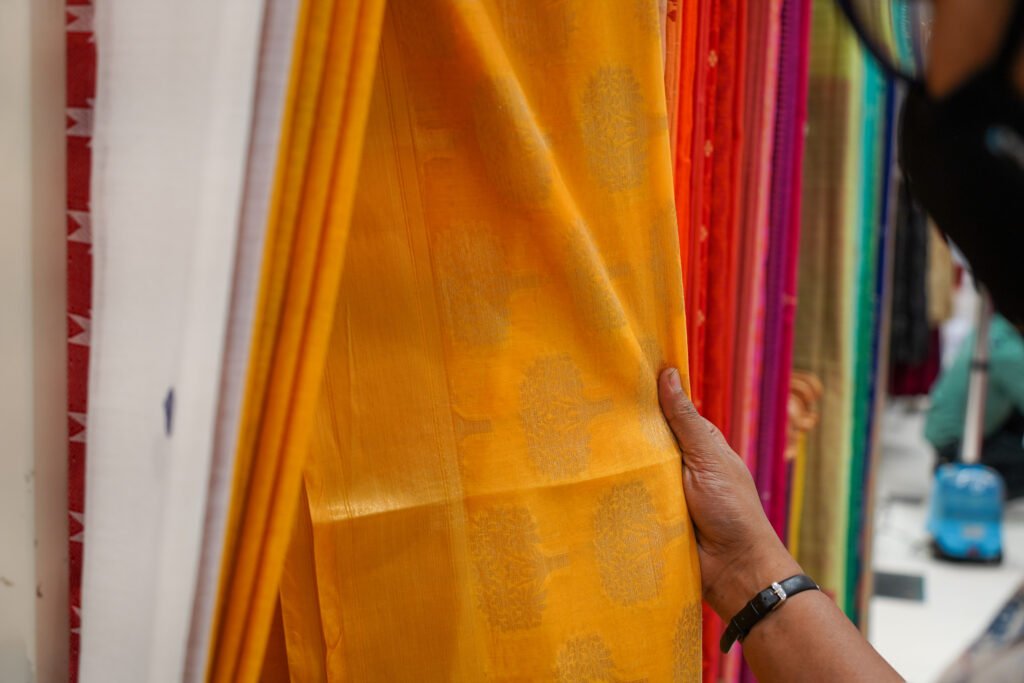
- Market Research: Begin with comprehensive market research to understand the demand for various types of fabrics, both domestically and internationally. Identifying niches or areas with less competition can offer a strategic advantage.
- Legal and Financial Planning: Familiarize yourself with India’s legal requirements for starting a textile business, including registrations, tax implications, and export regulations. Secure financing through loans, investors, or savings to cover startup and operational costs.
- Sourcing Raw Materials: Establish reliable sources for high-quality raw materials. Whether you’re focusing on organic cotton, silk, or synthetic fibers, the quality of your raw materials will significantly impact the final product.
- Manufacturing Setup: Decide on the scale of your operation and set up a manufacturing unit. This could range from a small-scale handloom setup to a fully automated textile mill, depending on your market research and financial planning.
- Quality Control and Certification: Implement strict quality control measures to ensure your products meet both domestic and international standards. Obtaining relevant certifications, such as ISO or OEKO-TEX, can enhance credibility and facilitate entry into global markets.
- Marketing and Sales: Develop a marketing strategy that highlights the uniqueness of your products. Participating in trade shows, leveraging online marketplaces, and building a strong digital presence can help reach a wider audience.
- Export Logistics: Understand the logistics of exporting fabrics, including shipping, customs clearance, and international trade laws. Partnering with experienced logistics providers can streamline this process.
Entering India’s textile supply chain as a fabric supplier offers a world of opportunity but requires careful planning, dedication, and a deep understanding of the market. By following these steps and committing to quality and innovation, new entrants can carve out a successful niche in this competitive industry.
Embark on a journey of fabric sourcing from India, while mastering Amazon FBA Product Research for your gateway to e-commerce success. Learn more here:
Mastering Amazon FBA Product Research: Your Gateway to E-commerce Success
Weaving a Future Together: India's Role in Sustainable Fashion
India’s textile industry, with its vast array of fabrics, rich heritage, and innovative manufacturing techniques, presents a plethora of opportunities for global fashion brands. However, navigating the fabric sourcing landscape in India also comes with its challenges, from ensuring ethical labor practices to meeting sustainability goals. Reflecting on the journey of fabric sourcing from India underscores the importance of fostering partnerships that are built on the pillars of ethical practices, sustainability, and innovation.
The pursuit of ethical practices in sourcing fabrics from India is not just a moral obligation but a business imperative. Brands are increasingly held accountable by consumers who demand transparency and integrity in how products are made. This consumer awareness pushes brands to ensure that their Indian suppliers adhere to fair labor practices and provide safe working conditions. Embracing these ethical considerations is crucial in building successful and resilient global partnerships.
Sustainability, another cornerstone of modern fabric sourcing, is where India’s textile industry shines. With a growing emphasis on organic materials, natural dyes, and traditional techniques that leave a lighter environmental footprint, India offers a pathway to sustainability that aligns with global demands for eco-friendly fashion. Leveraging India’s advancements in sustainable textile production can significantly contribute to the environmental goals of fashion brands worldwide.
Innovation in Indian textiles, from the integration of technology in manufacturing to the development of new eco-friendly materials, is rapidly evolving in India. This innovation, coupled with India’s traditional craftsmanship, presents an opportunity for fashion brands to explore unique textiles that blend the best of both worlds. As the industry moves forward, embracing these innovations will be key to staying competitive and relevant in the global market.
As we consider the future of fabric sourcing from India, it’s clear that the country is not just a sourcing destination but a vital collaborator in the fashion industry’s journey towards a more ethical and sustainable future.
In conclusion, the opportunities and challenges of fabric sourcing from India encourage a deeper engagement with the principles of ethics, sustainability, and innovation. By viewing India as a collaborator, global fashion brands can forge partnerships that not only enrich their collections but also contribute positively to the world. Together, we can weave a future where fashion is not only beautiful but also kind and responsible.
